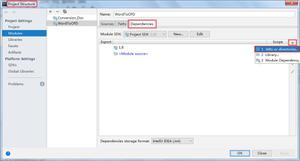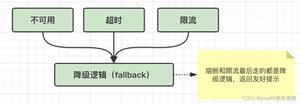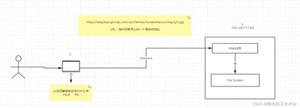java进行文件读写操作详解
直接上代码,有详细注释,有图解,相信你懂得!
package day14;
import java.io.BufferedReader;
import java.io.BufferedWriter;
import java.io.File;
import java.io.FileInputStream;
import java.io.FileNotFoundException;
import java.io.FileOutputStream;
import java.io.FileReader;
import java.io.FileWriter;
import java.io.IOException;
import java.io.InputStream;
import java.util.Enumeration;
import java.util.Random;
import java.util.zip.ZipEntry;
import java.util.zip.ZipException;
import java.util.zip.ZipFile;
public class TestFileIO {
static String s = File.separator;
private static void testInput() {
// D盘下有个Welcome.java文件,现在按字节读入:
int a = 0;
// int counter=0;
FileInputStream f11;
// 输入流
try {
f11 = new FileInputStream("D:" + s + "Welcome.java");
while ((a = f11.read()) != -1)
System.out.print((char) a); // 这里是按字节输出,中文字符无法正常输出,因为一个中文字符时两个字节。
System.out
.println("\n\n--------------------------------------------------\n");
FileReader f12 = new FileReader("D:" + s + "Welcome.java");
while ((a = f12.read()) != -1)
System.out.print((char) a);// 这里是按字符输出,中文字符都可以正常输出
System.out
.println("\n\n--------------------------------------------------\n");
f11.close();// 读完之后要关闭文件
f12.close();// 读完之后要关闭文件
} catch (FileNotFoundException e) {
// TODO Auto-generated catch block
e.printStackTrace();
} catch (IOException e) {
// TODO Auto-generated catch block
e.printStackTrace();
}
}
private static void testOutput() {
// D盘下有个Welcome.java文件,现在按字节读入:
int a = 0;
// 输出流
File f21 = new File("D:" + s + "testFile" + s + "test1.txt");// 定义一个新的文件f21,然后判断在这一目录下是否存在,如果不存在,则创建之。
if (!f21.exists()) {
f21.getParentFile().mkdirs();
try {
f21.createNewFile();
// 将“Welcome.java”的内容复制到f21
FileOutputStream fos = new FileOutputStream(f21);
FileInputStream fis = new FileInputStream("D:" + s
+ "Welcome.java");// 读入“Welcome.java”文件
while ((a = fis.read()) != -1)
fos.write(a);// 将读入的内存写到fos中,现在得到的test1。txt就是复制Welcome。java的
// writer类
FileWriter f22 = new FileWriter("D:" + s + "testFile" + s
+ "test2.txt");
for (int i = 0; i < 65535; i++)
f22.write(i);// 将
// 写入到test2.txt中。由这里也可以看出,上面35-38行判断文件是否存在的语句也可以不要。
// 向文件中写入字符串
FileWriter f23 = new FileWriter("D:" + s + "testFile" + s
+ "test3.txt");
f23.write("Hello, world!");
fos.close();
fis.close();
f22.close();
f23.close();
} catch (IOException e) {
// TODO Auto-generated catch block
e.printStackTrace();
}
}
}
private static void testBufferring() {
// D盘下有个Welcome.java文件,现在按字节读入:
int a = 0, counter = 0;
// 缓冲字符,实现高效写入
// BufferedWriter f31=new BufferedWriter(new
// FileWriter("D"+s+"testFile"+s+"test4.txt"));
BufferedWriter f31;
try {
f31 = new BufferedWriter(new FileWriter("D:" + s + "testFile" + s
+ "test4.txt"));
for (int i = 1; i <= 100; i++) {
f31.write(String.valueOf(new Random().nextInt(100)) + " ");
if (i % 10 == 0)
f31.newLine();
}
f31.flush();// 刷新缓冲
f31.close();
BufferedReader f32 = new BufferedReader(new FileReader("D:" + s
+ "testFile" + s + "test4.txt"));
String s32;
System.out.println("输出文件f32的内容:");
while ((s32 = f32.readLine()) != null)
System.out.println(s32);
f32.close();
System.out
.println("\n--------------------------------------------------\n");
} catch (IOException e) {
// TODO Auto-generated catch block
e.printStackTrace();
}
}
private static void testZip() {
try {
File f1 = new File("D:/test.zip");
File f2 = new File("D:/testFile/testzip");
ZipFile zf = new ZipFile(f1);
testZipToUnzip(zf, f2);
} catch (IOException e) {
// TODO Auto-generated catch block
e.printStackTrace();
}
}
// 将压缩包zipfile解压到file中
public static void testZipToUnzip(ZipFile zipfile, File file) {
ZipEntry zentry = null;
File zipout;
InputStream zis = null;
FileOutputStream fos = null;
Enumeration e = zipfile.entries();// zipfile的目录
while (e.hasMoreElements()) {
zentry = (ZipEntry) e.nextElement();
System.out.println(zentry.getName());// zipfile下有哪些文件?可是为什么不按顺序输出??
// 将解压后的文件放到file文件夹下:
zipout = new File(file + s + zentry.getName());
if (!zentry.isDirectory()) {
try {
zis = zipfile.getInputStream(zentry);
if (!zipout.exists())
zipout.getParentFile().mkdirs();
fos = new FileOutputStream(zipout);
byte[] b = new byte[1024];
int length;
while ((length = zis.read(b)) > 0) {
fos.write(b, 0, length);
}
fos.close();
zis.close();
} catch (ZipException e1) {
// TODO Auto-generated catch block
e1.printStackTrace();
} catch (IOException e1) {
// TODO Auto-generated catch block
e1.printStackTrace();
}
}
}
}
public static void main(String[] args) throws ZipException {
// TODO Auto-generated method stub
testInput();
testOutput();
testBufferring();
testZip();
}
}
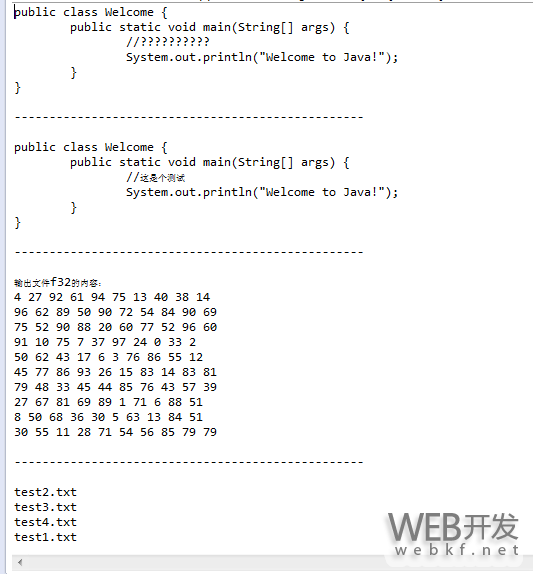
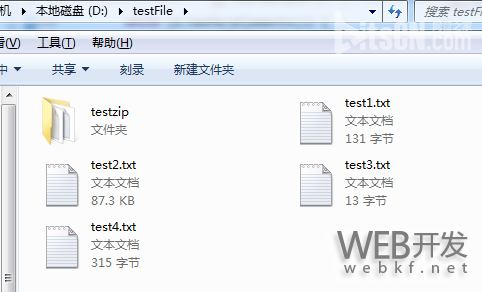
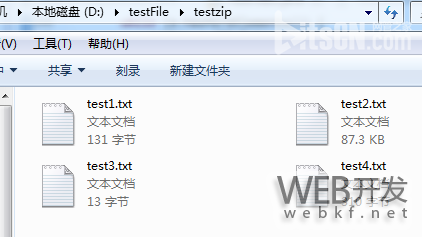
以上是 java进行文件读写操作详解 的全部内容, 来源链接: utcz.com/p/206878.html

